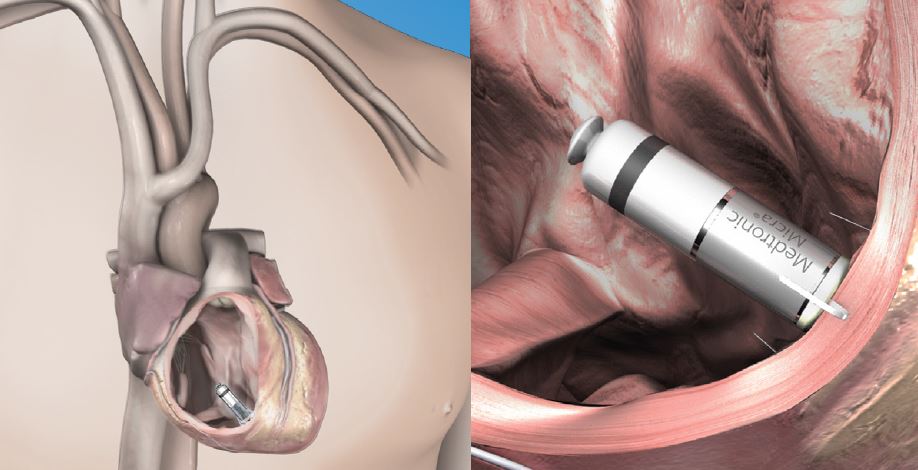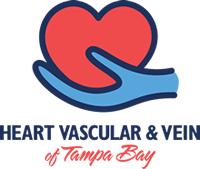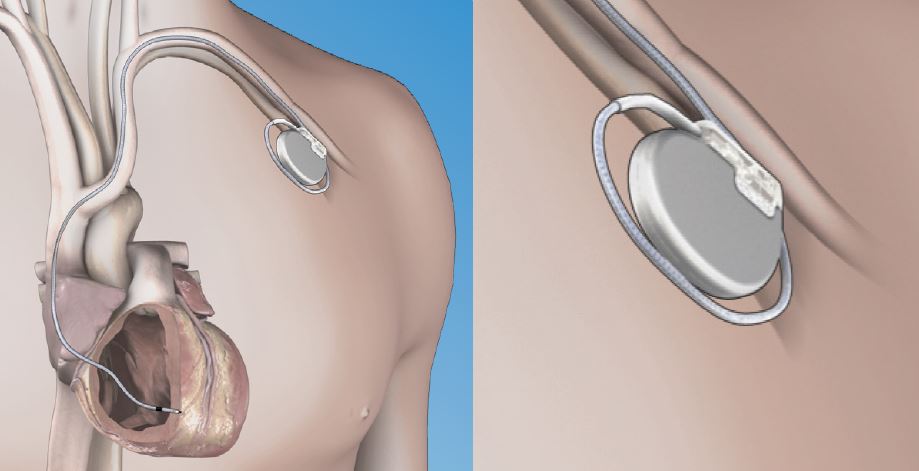Getting a Pacemaker
Implanted Pacemaker for Bradycardia
OVERVIEW
The procedure to implant a pacemaker does not require open heart surgery, and most people go home within 24 hours.
Before the surgery, medication may be given to make you sleepy and comfortable. Generally, the procedure is performed under local anesthesia.
SCA vs. HEART ATTACK
Sudden cardiac arrest is not the same as a heart attack. A heart attack is a “plumbing” problem, caused by blockage(s) in the arteries leading to the heart and killing heart muscle. A heart attack may lead to a sudden cardiac arrest event.
HOW IS A TRADITIONAL PACEMAKER SYSTEM IMPLANTED?
- A small incision, approximately 5 cm long is made in the upper chest.
- A lead (thin insulated wire, like spaghetti noodle) is guided through the vein into the heart.
- Your doctor connects the lead to the pacemaker and programs the device.
- The pacemaker is then inserted beneath the skin.
- Your doctor tests the pacemaker to ensure it is working properly.
- The incision is then closed.
HOW IS THE TRANSCATHETER PACING SYSTEM IMPLANTED?
Transcathetersystems like the Micra™ TPS by Medtronics, are implanted in a very different manner.
- Your doctor will insert a straw-like catheter system into a vein, typically near the upper thigh area of your leg.
- The catheter system moves the device into the right ventricle of the heart.
- The device is placed against the heart wall and secured with flexible tines.
- Your doctor tests the device to ensure it is working properly.
- The catheter system is then removed.

BENEFITS AND RISKS OF GETTING A PACEMAKER
OVERVIEW
An implantable pacemaker relieves symptoms of a slow, irregular heart rhythm. It does this by restoring normal heart rates. A normal heart rate provides your body with the proper amount of blood circulation.
BENEFITS
By regulating the heart’s rhythm, a pacemaker can often eliminate the symptoms of bradycardia. This means individuals often have more energy and less shortness of breath. However, a pacemaker is not a cure. It will not prevent or stop heart disease, nor will it prevent heart attacks.
RISKS
Risks associated with pacemaker system implant include, but are not limited to, infection at the surgical site and/or sensitivity to the device material, failure to deliver therapy when it is needed, or receiving extra therapy when it is not needed.
After receiving an implantable pacemaker system, you will have limitations with respect to magnetic and electromagnetic fields, electric or gas-powered appliances, and tools with which you are allowed to be in contact.
Information on this site should not be used as a substitute for talking with your doctor. Always talk with your doctor about diagnosis and treatment information.

